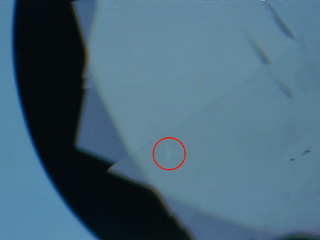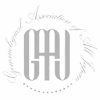|
|||||||||||||||||||||||||
|
Coated diamonds with new process have been marketed since November 2006 in Japan. These stones show colours* that would be graded as fancy pink to fancy vivid pink if they were natural, but detection of the treatment at a first sight is difficult and requires attention.
EGL USA announced emergency alert on a new type of surface treatment on diamonds on 14 November 2006. Rapaport News also released similar report five days later and on the 1st December GIA Insider distributed reports on the “New” coated diamonds. According to the EGL report, the gem labs of EGL USA started to receive large number of pink diamonds since late 2006 and identification tests revealed that they were treated with new type of coating. The colour appeared to be uniform and resembled natural colour. The report said no pink colour zoning (pink graining) that was commonly seen in naturally coloured pink diamond was observed and some stones showed colour flash through the pavilion. In some other stones colour had come off on facet boundaries. To coincide with the report, GAAJ gem lab has received coated pink diamonds of what looked like this new material. The stones we have observed were small pieces about 0.005 to 0.3ct (photo-1), and some of them had already been set in jewellery such as a bracelet. Coated stones are generally not colour graded, but the colour* of these stones corresponded to fancy pink to fancy vivid pink colour of natural colour diamonds. Our client explained that they were recently treated in the States with the colour range from orange to bronze or red. Description of the supplier tells that the coated layer is not influenced by detergent, ultraviolet light, ultrasonic cleaning or acid at room temperature, and is more durable than in previous coating treatment process. As for pink stones, their original material is allegedly in H colour or up and VS to SI class of clarity.
It was difficult to detect the treatment at a quick glance because of the apparent uniform colour, however, in comparing to natural diamonds in similar colour the coated stones appeared rather darker in face up (photo-2) and lighter in face down (photo-3).
This is, as described later, supposedly due to a pink layer of coating attached only to pavilion. When observing the stones with being immersed in methylene iodide under diffused light through a white plate, exfoliation of coating was recognised in some areas on pavilion (photo-4). Some facet edges also showed similar trace of exfoliation. Such removal of coating is hardly observed under a standard gem microscope even with specially arranged illumination, but they can be easily observed under a differential interference microscope (photo-5 and 6). Although exfoliation of coating was readily observed on all the facets on pavilion observed, coating layer was not observed on the tables and crown facets even under the differential interference microscope.
|
|||||||||||||||||||||||||
|


